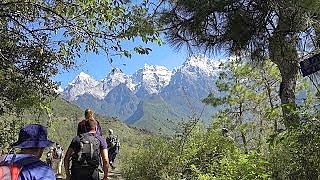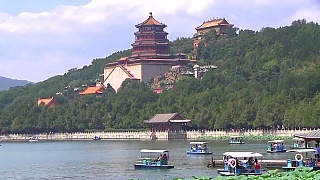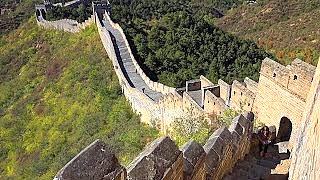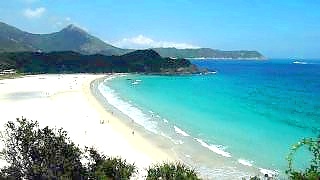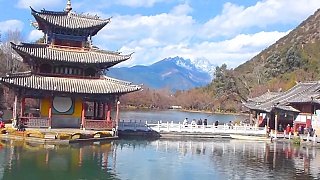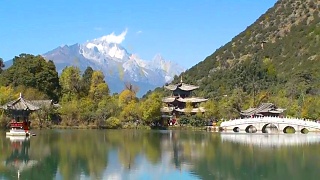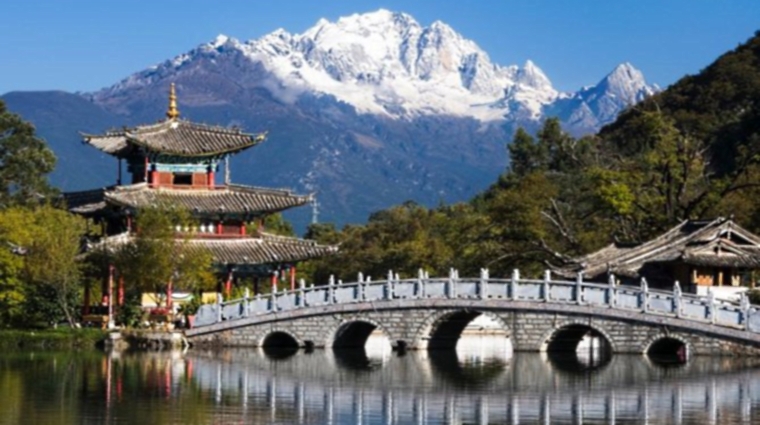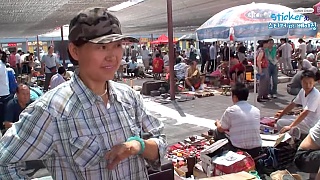
|
Top 20 Places to Visit in and Around Xiamen:
Gulangyu Island (鼓浪屿, Gǔlàngyǔ): Explore the car-free island known for its colonial architecture, beaches, and scenic views.
Xiamen University (厦门大学, Xiàmén Dàxué): Visit the beautiful campus known for its traditional Chinese-style architecture and scenic surroundings.
Zhongshan Road Pedestrian Street (中山路步行街, Zhōngshān Lù Bùxíng Jiē): Shop, dine, and experience local culture on this bustling pedestrian street.
Hulishan Fortress (胡里山炮台, Húlǐshān Pàotái): Explore this historic fortress built in the late Qing dynasty, featuring cannons and panoramic views of the sea.
Nanputuo Temple (南普陀寺, Nánpǔtuó Sì): Visit this Buddhist temple known for its intricate architecture and serene atmosphere.
Xiamen Botanical Garden (厦门植物园, Xiàmén Zhíwùyuán): Enjoy a leisurely stroll through this expansive botanical garden featuring a wide variety of plant species.
Guanyin Mountain (观音山, Guānyīn Shān): Hike or take a cable car to the top of this scenic mountain for panoramic views of Xiamen and the surrounding area.
Gaoji Causeway (高崎大道, Gāojī Dàdào): Take a scenic drive or bike ride along this picturesque causeway connecting Xiamen Island to the mainland.
Xiamen Science and Technology Museum (厦门科技馆, Xiàmén Kējìguǎn): Explore interactive exhibits on science, technology, and innovation at this family-friendly museum.
Huangcuo Beach (黄厝海滩, Huángcuò Hǎitān): Relax on the sandy shores and enjoy water sports at this popular beach destination.
Xiamen International Conference and Exhibition Center (厦门国际会展中心, Xiàmén Guójì Huìzhǎn Zhōngxīn): Attend events, trade shows, and exhibitions at this modern convention center.
Wanshi Botanical Garden (万石植物园, Wànshí Zhíwùyuán): Discover diverse plant species and enjoy scenic walking trails at this botanical garden.
Xiamen Piano Museum (厦门钢琴博物馆, Xiàmén Gāngqín Bówùguǎn): Learn about the history and craftsmanship of pianos at this unique museum.
Xiamen Twin Towers (厦门双子塔, Xiàmén Shuāngzǐtǎ): Admire the modern architecture and panoramic views from the observation deck of these iconic twin towers.
Huandao Road (环岛路, Huándǎo Lù): Take a scenic drive or bike ride along this coastal road encircling Xiamen Island, offering stunning views of the sea and skyline.
Xiamen Gulangyu Museum (厦门鼓浪屿博物馆, Xiàmén Gǔlàngyǔ Bówùguǎn): Learn about the history and culture of Gulangyu Island at this informative museum.
Hai Tian Tang Gou (海天堂购, Hǎi Tiān Táng Gòu): Shop for souvenirs, local products, and snacks at this bustling shopping street.
Gu Lang Yu Organ Museum (鼓浪屿风琴博物馆, Gǔlàngyǔ Fēngqín Bówùguǎn): Explore a unique collection of organs and musical instruments at this museum.
Xiamen Science and Technology Museum (厦门科技馆, Xiàmén Kējìguǎn): Engage in hands-on learning and interactive exhibits at this educational museum.
Wuyuan Bay Wetland Park (五缘湾湿地公园, Wǔyuán Wān Shīdì Gōngyuán): Enjoy nature walks, birdwatching, and scenic views of wetland ecosystems at this peaceful park.
|

 Hiking Tiger Leaping Gorge-ous 虎跳峡, YunNan province
Hiking Tiger Leaping Gorge-ous 虎跳峡, YunNan province